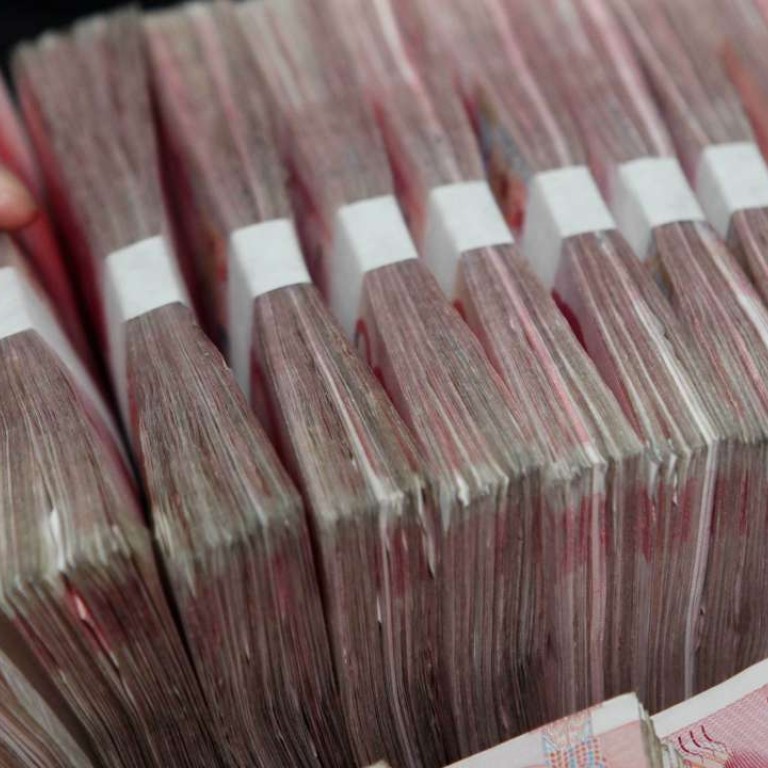
Policy changes driving China’s debt problem
Recent government measures may have helped growth but are also increasing country’s debt burden
Policymakers are adding more fuel to China’s rising debt woes, said a recent report from global ratings agency Fitch Ratings.
The report comes at a time when looser monetary conditions seemed to have helped stabilise the domestic Chinese economy, with official figures putting GDP growth for the second half of this year 6.7 per cent, though at the risk of further exacerbating Chinese lenders problems with non performing loans (NPLs).
Figures from the Chinese Banking Regulatory Commission said that NPLs in China’s commercial banking sector rose to 1.81 per cent of total lending at the end of the second quarter, the highest since the global financial crisis in 2009. Most analysts believe that the real figure is significantly higher than this, however.
Jack Yuan and Jonathan Cornish, who jointly authored the Fitch report, said the moves by the Chinese policymakers are an indication that the central government is keen to reduce debt servicing costs and to make credit more accessible for borrowers.
“These measures include lowering interest rates and the bank reserve requirement ratios, loosening prudential controls, [giving] instructions to roll over loans for highly leveraged borrowers, and bigger roles for the policy lenders,” they said.
In June , new loans in China rose to 1.4 trillion yuan (HK$1.63 trillion) from 940 billion yuan in May, according to data released by the People’s Bank of China, while growth of M2 – a broad measure of money supply – remained flat at 11.8 per cent in June, the same as in May.
“Overall the accommodative monetary conditions have helped support fiscal expansion, and led to further stabilisation in the domestic economy so far this year,” HSBC economists Jing Li and Julia Wang said in a report.
The Fitch analysts, however, said that many of the policy measures driving the growth in Chinese debt date back further than just this year.

In the past 18 months. the People’s Bank of China has made a series of cuts to interest rates and the reserve requirement ratio. They have also loosened prudential controls to free up additional cash for lending, and Yuan and Cornish offered an example of the scrapping in October of last year a rule capping the loan-to-deposit ratio to 75 per cent, which had been in place since 1995, and relaxed rules on property lending.
Such policy measures look set to continue further. “Market reports suggest that the State Council is considering lowering the provision coverage ratio, the minimum ratio of provisions that banks must set aside for bad loans. This appears to be aimed at offsetting the impact of rising NPLs on banks’ ability to lend, as some lenders have broken through or are getting close to the 150 per cent minimum,” wrote the Fitch analysts.
Li and Wang also anticipate further expansionary monetary and fiscal policies. The two HSBC analysts forecast another 50 basis point rate cut, and a reserve ratio cut of 350 basis points in the second half of this year. This will make it even harder for Chinese banks to resolve the issues surrounding their non performing loans.
Earlier this week the State Council issued a statement which mentioned a pilot scheme that would allow banks to hold equity in enterprises. Mainland publication Caixin said, citing unnamed experts that this was a sign that more debt equity swaps are in the offing. These would involve the transformation of bad debts on the books of Chinese lenders into equity in the troubled companies.
In the late 1990s China used debt-equity swaps to deal with bad debts on the books of state owned banks. How effective such a strategy would be in China’s modern economy, with many more independent actors remains unclear.

